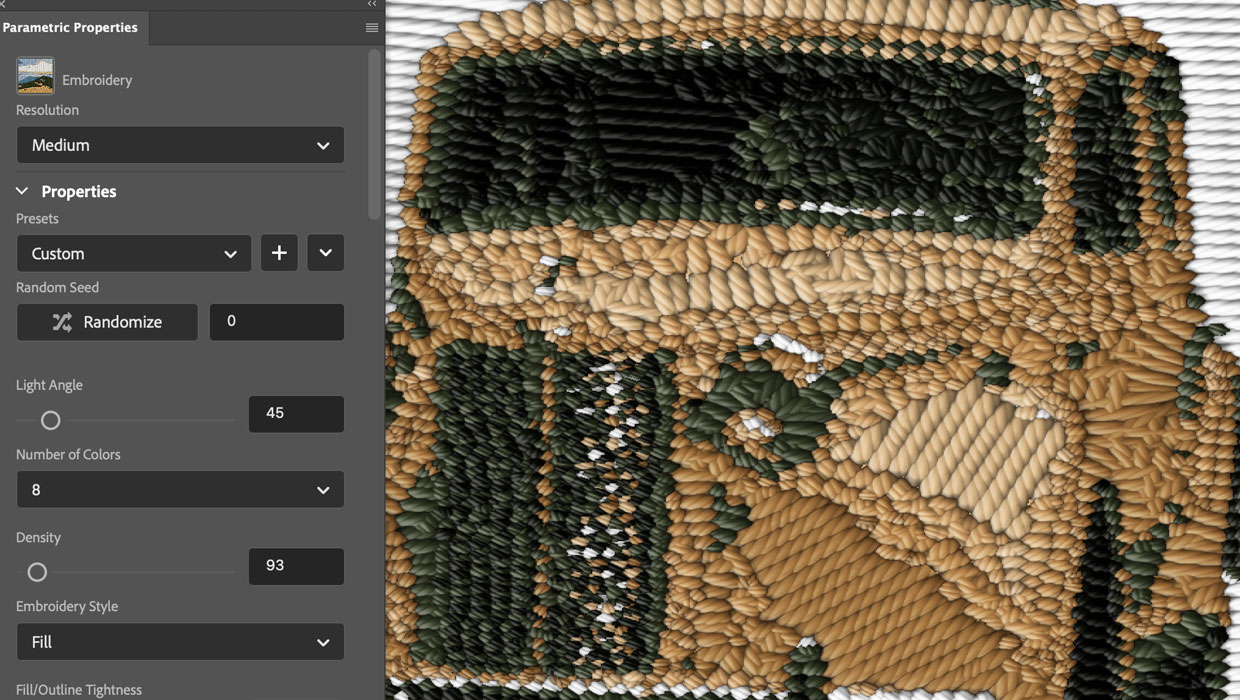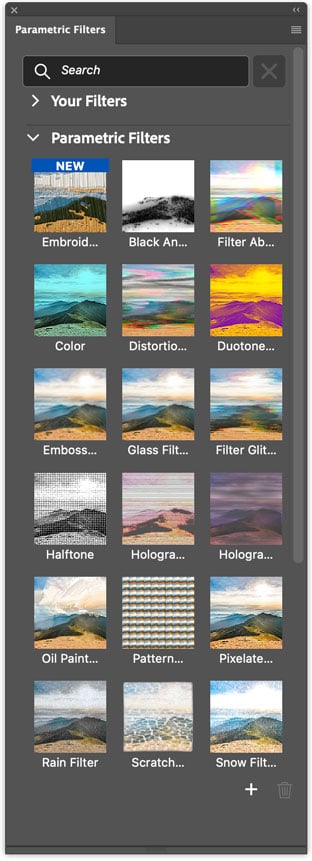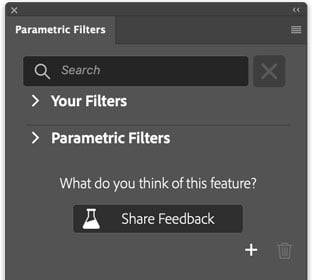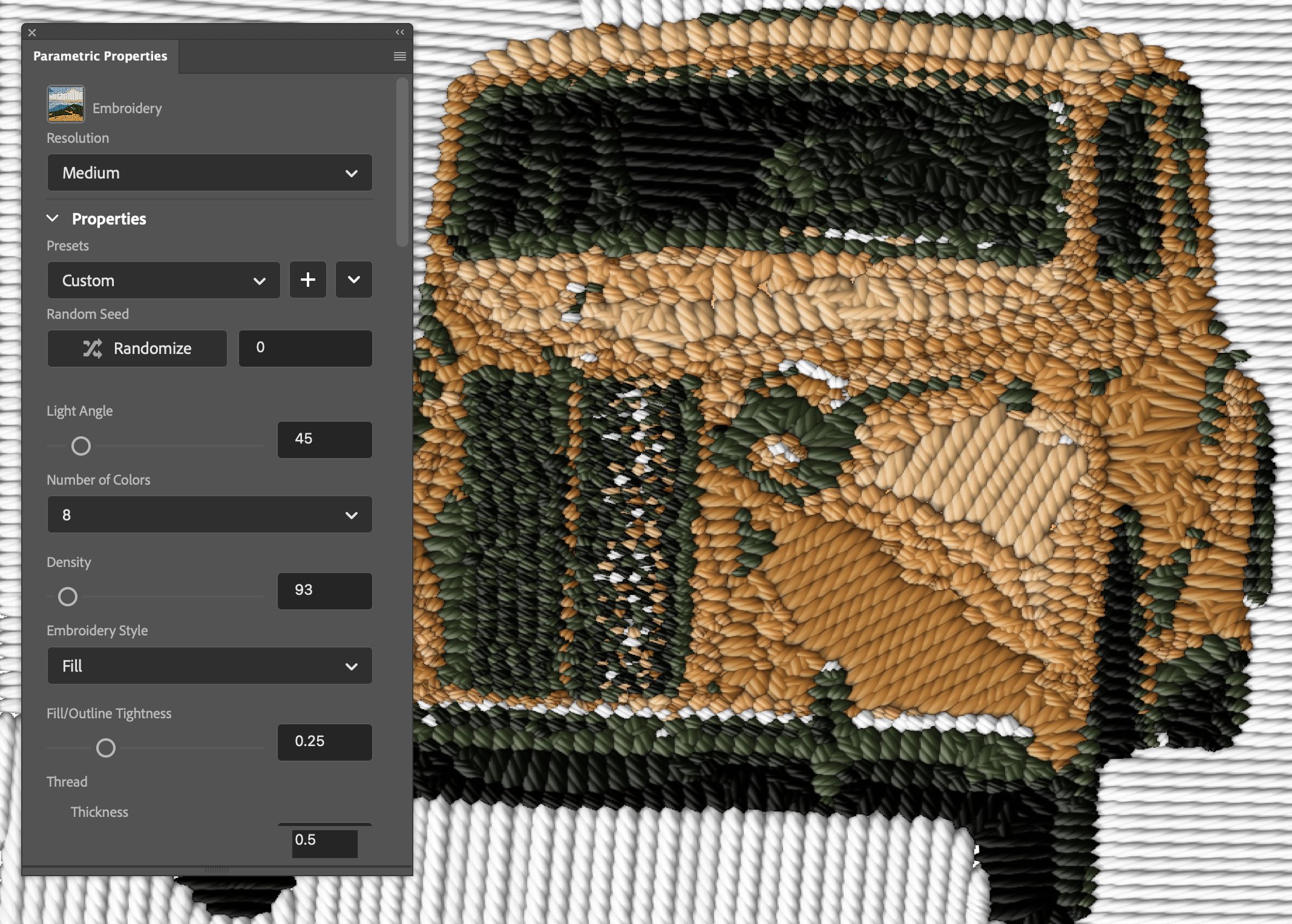Parametric Filters in Photoshop: First Look
The Parametric Filters are a collection of tools under development for creating effects in Photoshop effects. Here are five for you to try out.

Many of Photoshop’s older filters are unchanged in 20 years. Filters such as Wind are hit-and-miss, with minimal visual feedback. Even Spherize relies on a tiny preview screen. The Parametric Filters form a growing collection of tools available in the public beta version Photoshop. Some are useful, others less so. Each comes with a range of controls that lets you customize their effects.

They’re a curious bunch, and feel like they’re in the very early stages of development. Here are five of them for you to try out. You can also influence the development of these filters by using the Share Feedback button at the bottom of the Parametric Filters panel.

Distortion Filter
You can set the distance and intensity of the distortion, as well as the balance of colors. Bizarrely, you can’t set the angle of the distortion effect.

Symmetry Filter
You can choose the angle of symmetry and the number of axes of reflection. But it’s clumsy to use: you move the center with the Horizontal and Vertical Shift sliders, where dragging on the image would be so much more intuitive.

Duotone Filter
Applies a two-color effect to your image. Simple and straightforward with no extra controls.

Embroidery Filter
Applies a textured, knitted fabric effect that follows the lighting of the original image. It’s very clever, but of severely limited use.

Spherify Filter
Brings Spherize up to date, with control over size, inflation amount and scale. Again, it would be useful to be able to drag over the image to set the sphere center.

Give Them a Spin
To try out these Parametric filters and others, you need to install the public beta version of Photoshop from the Creative Cloud desktop app. You’ll find it in the Apps area under Beta.

Once the beta app is installed, launch it, open an image, and choose Filter > Parametric Filters to begin your exploration.
This article was last modified on October 31, 2025
This article was first published on October 31, 2025



